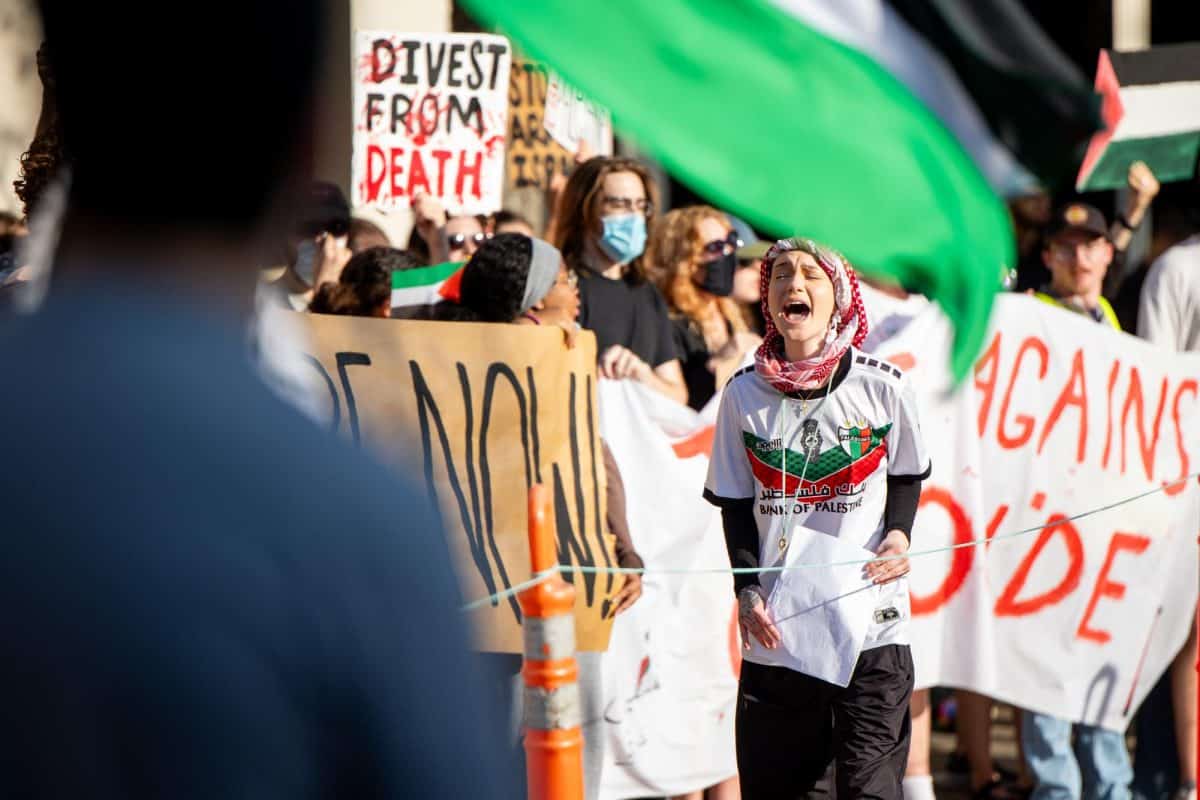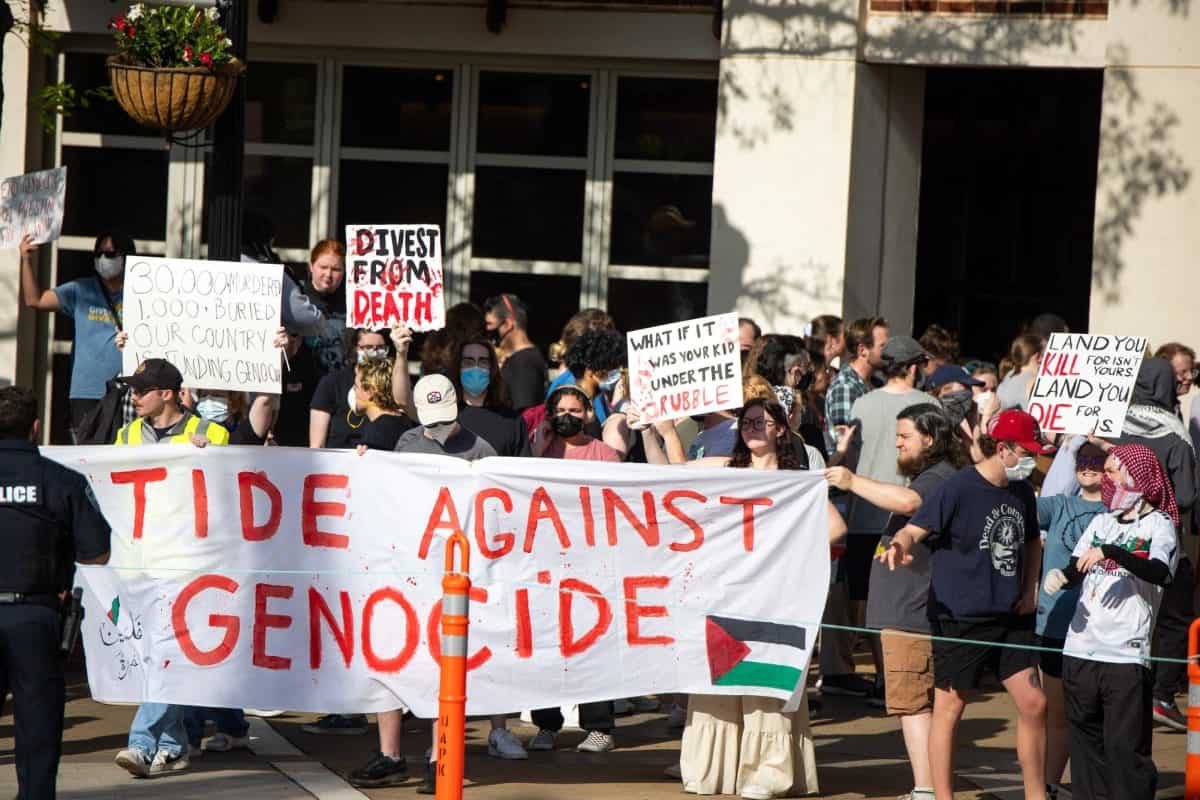Editor’s note: Billy Kirkpatrick, the executive director of West Alabama AIDS Outreach, sent this clarification to The Crimson White on April 24 to clarify some of his quotes featured in the article “AIDs remains an issue for Alabama’s poor, young.” The quotes that ran were shortened because of the contraints of space in the newspaper and word count limits. Because of the severity of the issue of AIDs in Alabama, Kirkpatrick thought it necessary to ensure that his quotes were presented in their full context, which they are below in his letter.
Considering the stigma and common misunderstandings surrounding HIV/AIDS, it is imperative that messages regarding the disease be worded and contextualized in such a way that the general public understands not only the history of the disease in the U.S. but also that HIV/AIDS affects individuals from each gender, all races, all sexual orientations, and all ages. I was very concerned with quotes attributed to me in the AIDS-related article than ran on April 23, 2013. The first quote that I found troubling was “…the disease has shifted from a gay man’s disease to one that affects largely people of color…”. This quote was paraphrased by the author from a historical overview that I gave him about the disease in our nation. When the first cases of HIV were diagnosed in the U.S. roughly 30 years ago, patients were predominantly gay men in metropolitan areas. In the last 15 years or so, the disease has spread to the South (most new cases, highest death rate due to HIV/AIDS) and has become an epidemic in the African-American community. It is important to note that while the gay population was and continues to be disproportionately affected by HIV/AIDS, the heterosexual community is also largely impacted. HIV is most certainly not a gay man’s disease and my comments were not meant to portray that.
The second quote that I found problematic was “Down-low is a huge problem; you just don’t see this in the white community.” Again, this quote was a paraphrase taken from a much larger context. What I was discussing with the author was the designation of MSM (Men Who Have Sex With Men). MSM refers to males who often do not consider themselves gay but have sex with other men. The distinction of MSM is predominantly as issue in the African-American community, which is why infection rates for African-American women are so high. African-American men on the down-low ultimately infect their wives, girlfriends, or female sexual partners. However, the down-low absolutely occurs with great frequency in the white community as well.
The final quote I found troubling was “I’m not black and I’m not gay, but I do know it’s a hell of a lot harder to come as a black man.” Similar to the previous quote, paraphrasing my words drastically changes the meaning. What I said was that I certainly cannot and will not try to speak for a gay man or a black man because, since I have not experienced the struggle of either, doing so would be disingenuous. But, I can say that African-Americans, due to cultural differences and more rigid definitions of masculinity, often have great difficulty discussing their sexual orientation with family members and friends. This is not at all to minimize the emotional struggle experienced by gay white individuals. This is simply to say that, while individuals from both races experience a struggle, there are major differences in the struggle between the 2 races. I truly appreciate the intent of the author in addressing the epidemic of HIV/AIDS in the South. But, due to the issues discussed above, I am formally requesting that this clarification be run in the Crimson White.






